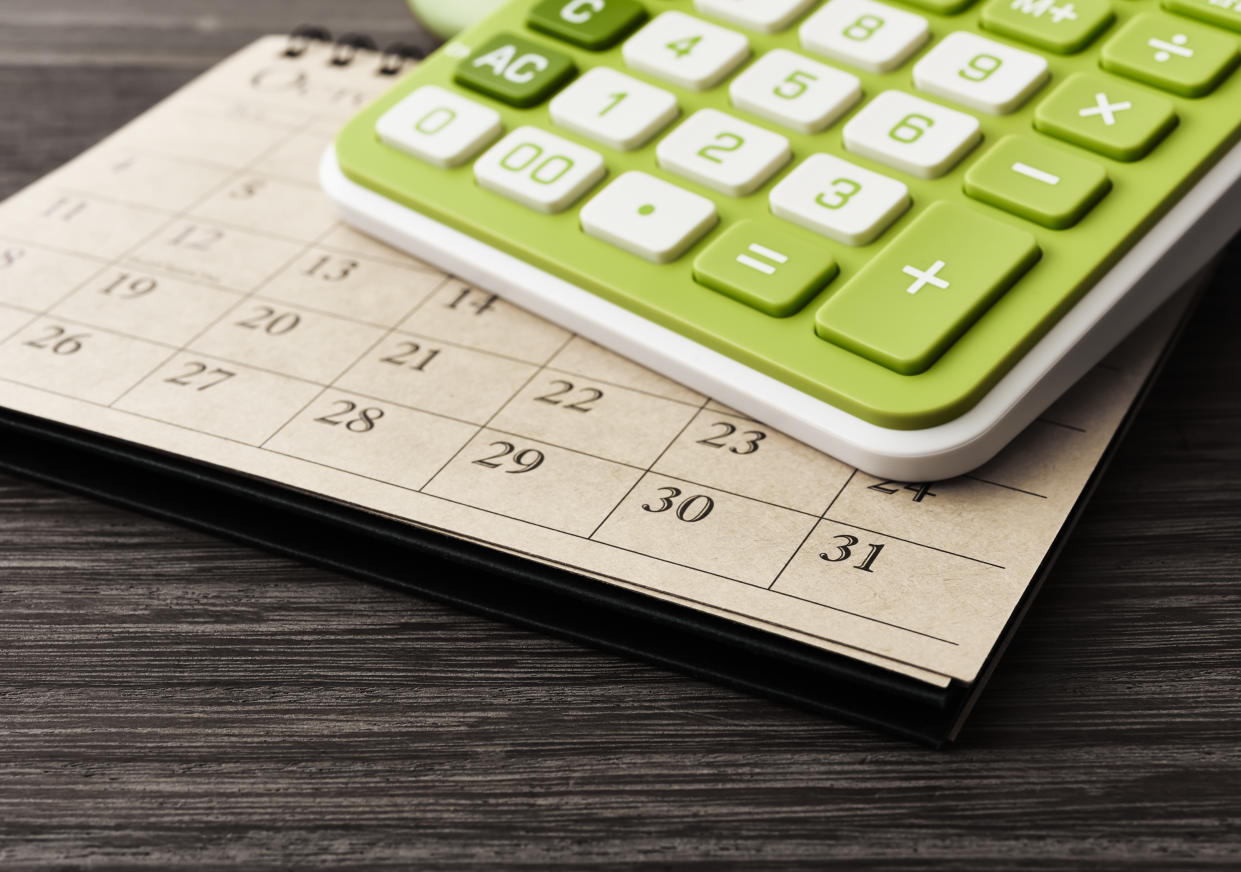Four key tax changes to prepare for in April

The end of the tax year is approaching and time is running out to make the most of your allowances and shelter more of your savings from the taxman.
The current tax year ends on 5 April 2024 and "several generous allowances will disappear overnight", said MoneyWeek, so it is important to "act quickly and claim any tax breaks you're entitled to".
You may only have a couple of weeks but "it's not too late for a spot of last-minute planning", said interactive investor, if you are organised.
Watch out for falling tax allowances
Tax-free allowances for capital gains and dividends are set to be cut from the new tax year in April.
The capital gains allowance – the amount that can be earned from selling assets such as shares outside an ISA or a second property – will be cut from £6,000 to £3,000. Meanwhile, the amount that can be earned from dividends before having to pay tax will also drop to £1,000.
These changes make investing in a tax-efficient way "more important than ever", said Investors' Chronicle, and you should "make use of the allowances while they are available".
Make the most of your ISA
Savers can put up to £20,000 into an ISA and earn returns tax-free. You can choose from a cash ISA, a stocks and shares ISA, or a Lifetime ISA, or even a combination.
It is a "use it or lose it" allowance, said Vanguard, so consider using as much of your 2023-24 ISA allowance as possible "before it disappears".
The best way to "maximise your savings", said AJ Bell, is to know what you are saving for. You may be best off with a cash ISA if you need the money in the next five years, added the investment platform, or if not, you could invest in a stocks and shares ISA "in the hope of higher returns".
Boost your retirement savings
You can put up to £60,000 per year into a pension, and you will get tax relief on your contributions at your marginal rate.
This is where money that would been paid to the taxman gets put into your pension instead, said MoneyHelper, which can "help reduce the amount of tax you pay and be used to help boost your savings for the future".
Don't forget to claim the full amount of pension tax relief if you are a higher or additional-rate taxpayer, said MoneyWeek, "as you could be able to get an extra 20% or 25% in relief respectively".
If you have already used your full allowance, there are also "carry forward" rules that let you make use of unused allowances from the past three years, added interactive investor, as long as you don't contribute more than your annual earnings.
Benefit changes
A range of benefits will be increased from the new tax year in April, including reforms to child benefit.
Under the existing system, high-earning parents receiving child benefit have to pay a tax charge if either one earns above £50,000. Chancellor Jeremy Hunt announced in his Spring Budget that this threshold would be increased to £60,000 from the new tax year and work will take place to move to a system of household rather than individual income.
That means that while currently someone on £60,000 loses all their child benefit, said The Guardian, "next tax year they will get to keep it all".
The full benefit will now be lost once one parent earns £80,000. Child benefit payments will also rise from £24 a week for one child and £15.90 for each additional child to £25.60 and £16.95 a week respectively in April.
The state pension is also set for the "second-biggest rise" on record, said The Times Money Mentor, due to the controversial triple lock.
Britons can use the government's state pension calculator to see how much they could be due.
You could also "boost your state pension", said Money to the Masses, by purchasing extra National Insurance contributions. You have until April 2025 to "plug gaps" back to 2006, added the financial website, after which you will only be able to go back as far as six years.

